This is all about Takatori Castle Ruins you want to know.
Every information you get on this site will be from a credible source based on Japanese history (books for reference).

Collected by the Inagaki family, the Toba Daimyō from the mid-Edo period to the Meiji Restoration, as materials for military studies. There are about 350 illustrations, but there is no uniformity because only illustrations of castles, illustrations including castle towns, and old battlefield illustrations are mixed.
Another typical example of a castle picture in the Edo period is "The Shōhō Shiroezu", picture of the castle and castle town that the Edo Shogunate ordered the daimyō to create and submit,aggregating military information such as the buildings inside the castle, the height of the stone wall, the width of the moat and the water depth, etc., it also details the location and shape of the castle town and the mountain river.
Profile : Takatori Castle Ruins
| Location | Takatori-Chō, Takaichi District, Nara Prefecture ※ 2 hours walk from the nearest station |
| Also known as | Fuyō Castle |
| Type of castle | Mountaintop |
| Mountain's name | Mt.Takatori |
| Elevation | 583m |
| Condition | Ruins |
| Designation | National Historic Sites |
| Year built | 1332 |
| Abolished | 1873 |
| Castle lord | Ochi Kunizumi |
| Refurbishment lord | Tsutsui Junkei , Honda Toshihisa |
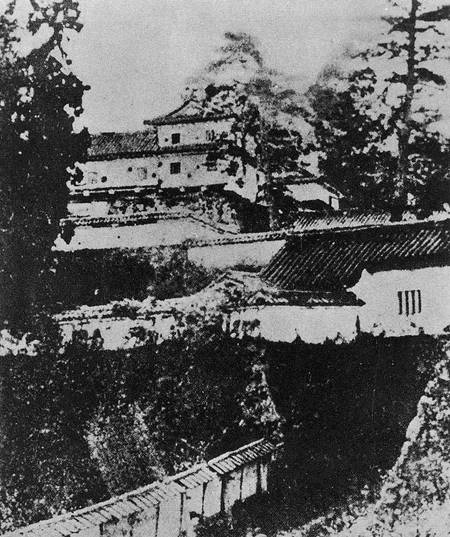
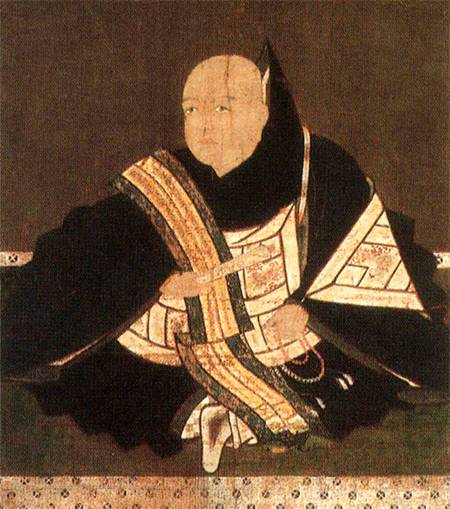
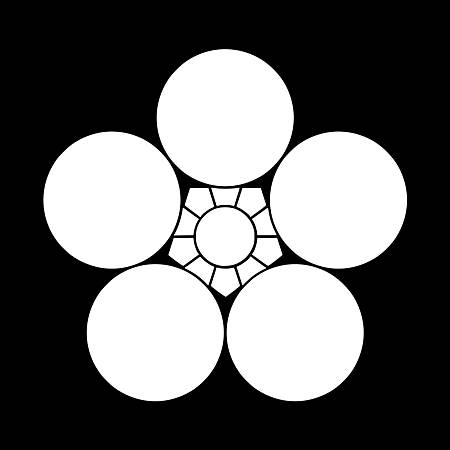
The family crest was originally created from the pattern that the emperor and the royal family put on the kimono, and the pattern was made into a fixed pattern, and the one attached to his own oxcart is said to be the beginning of the family crest. The warlords drew large crests on the flag-fingers, used to distinguish enemy views on the battlefield, and used by the generals to determine which warlords were active and how much.
Takatori Castle admission
admission fee : free
closing period : reference official site
Takatori Castle Google Map
Takatori Castle Images
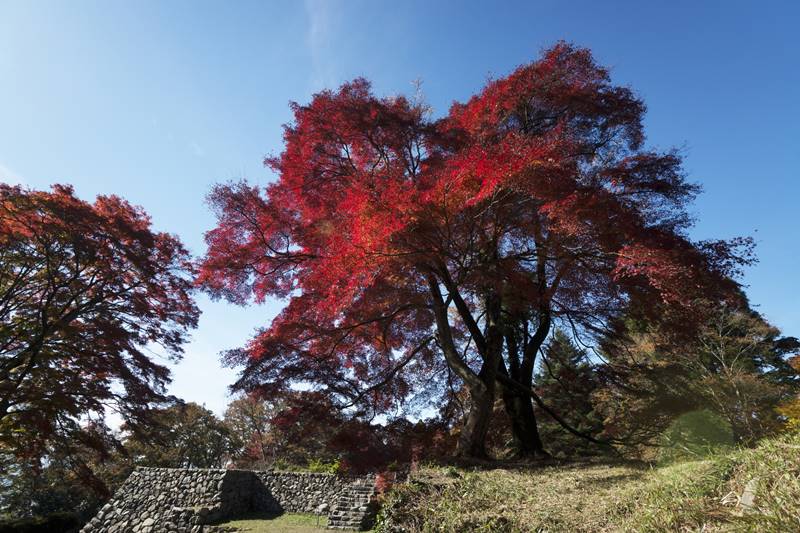
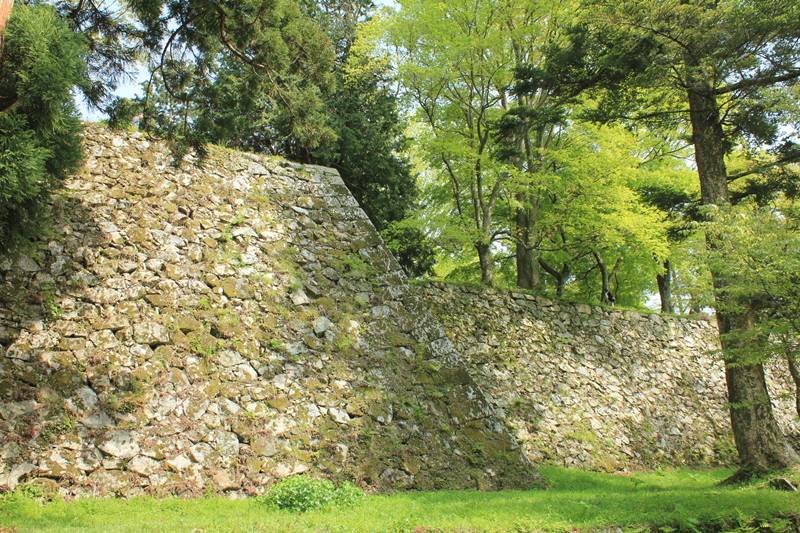
A 10-meter-high tall stone wall "Takaishigaki". Above this, triple structure-main keep was certainly standing until the first year of Meiji era.
Although it is a high altitude mountain castle, there are buildings like a modern castle. Prior to the Warring States period, mountaintop style castle was built on mountaintop hazards, after most of castles are often moved to small hills and to the center of flat lands as modern times . There are few examples of building a stone wall, main keep, Yaguras, gates, and a palace as a mountain castle like Takatori Castle.
The most distinctive feature is that the large main keep and small one were built together. Although there were several examples in Japan where a main keep built in this type castle, there were few examples that even a small main keep, In addition to the three-level main keep, Takatori Castle has a slightly smaller one.
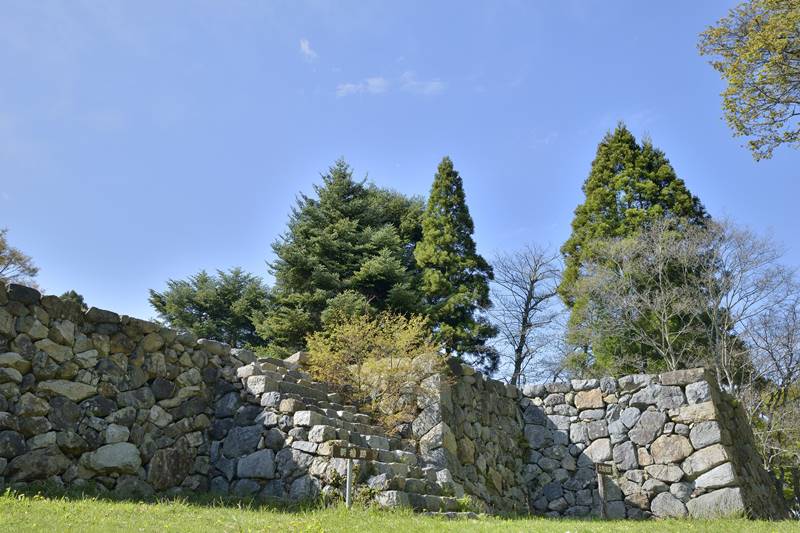
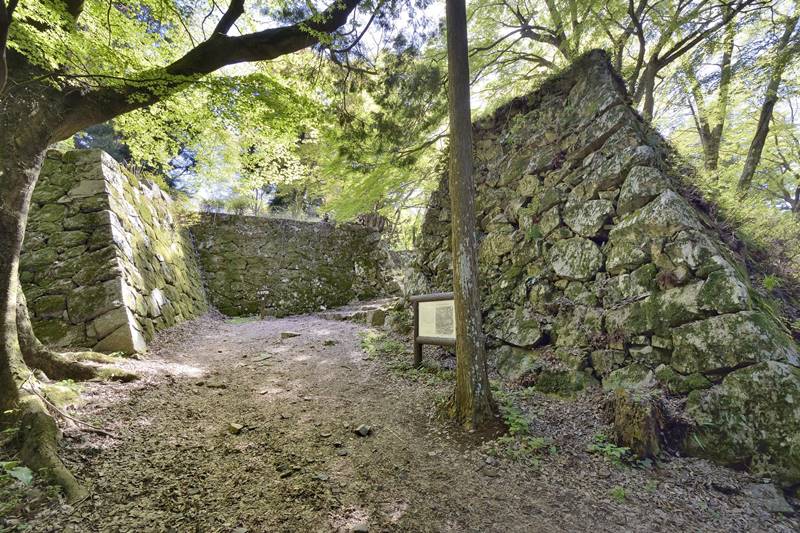
Similar to Wakayama Castle, three-levels main keep, a small one, and Yaguras arranged in the trapezoidal corners of the unequal sides, and the Tamon Ygura was circling around.
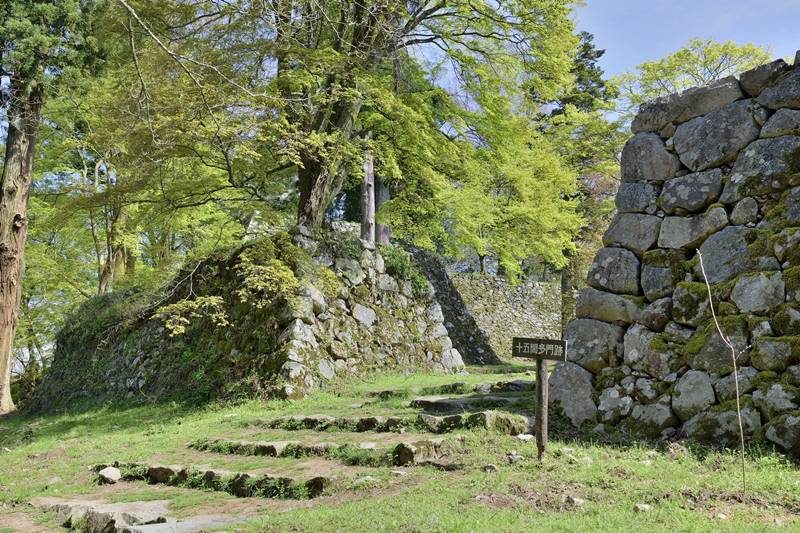
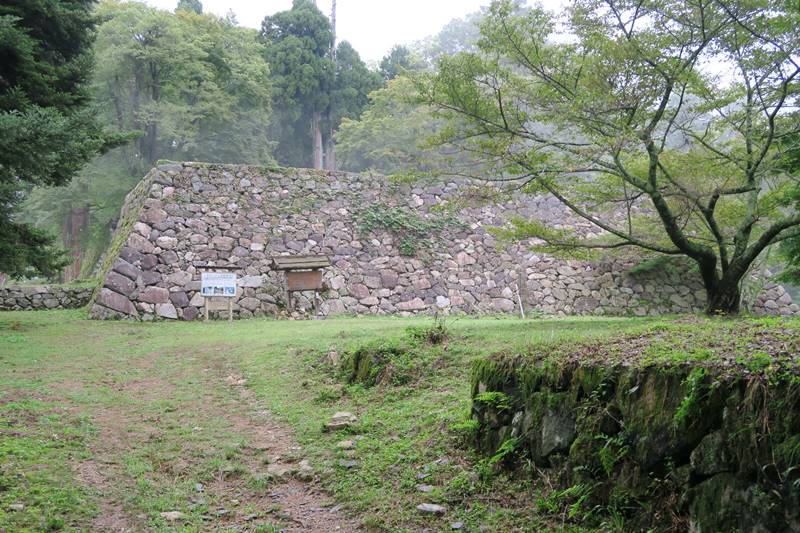
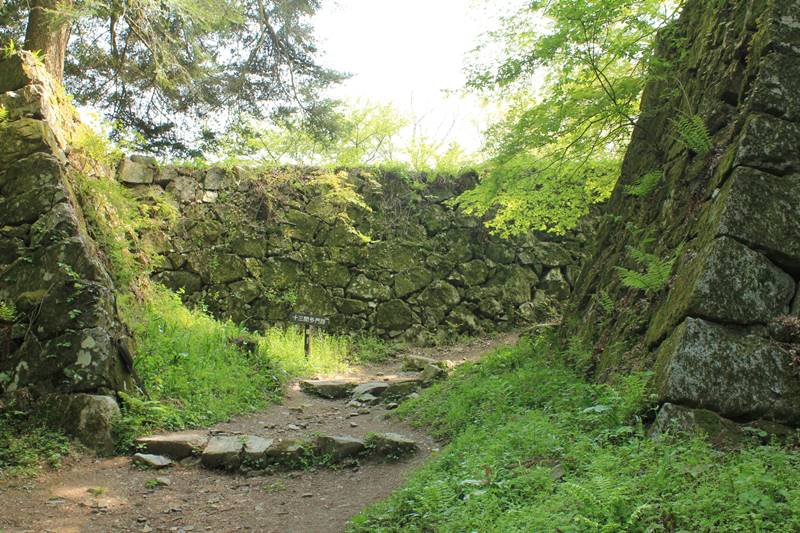
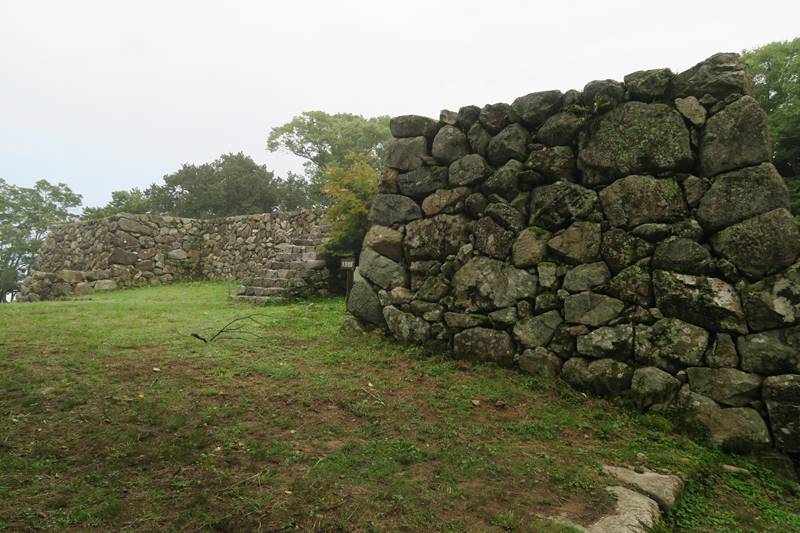
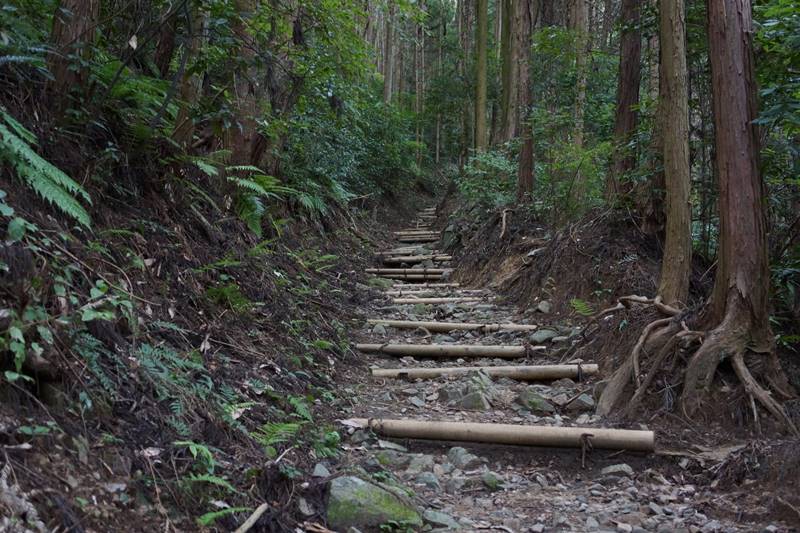

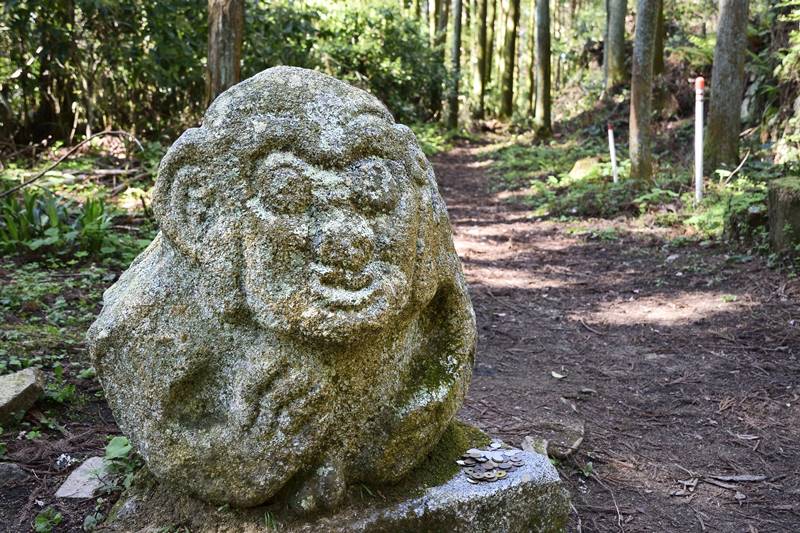
Located outside the Ninomon Gate , at the junction of the Okaguchimon Gate and the major road down to the castle town, it is estimated to be produced in the Asuka era (7th century).
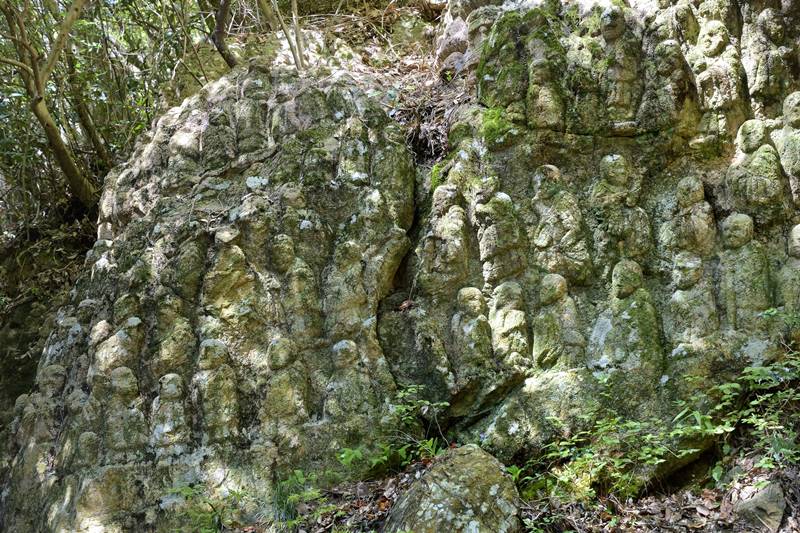
Five hundred arhat is the Buddha's 500 disciples. Arhat statues like Jizo are dug in large rocks visible from steep cliffs.
Link-1 : Japanese three most great mountaintop castle
【central japan】Iwamura Castle 【west japan】Bicchūmatsuyama Castle 【west japan】Takatori Castle
Link-2 : Japanese seven most great stone wall
【north japan】Kanazawa Castle 【west japan】Takeda Castle 【west japan】marugame Castle 【west japan】Oka Castle 【west japan】Kumamoto Castle 【central japan】 Iwamura Castle 【west japan】Takatori Castle
